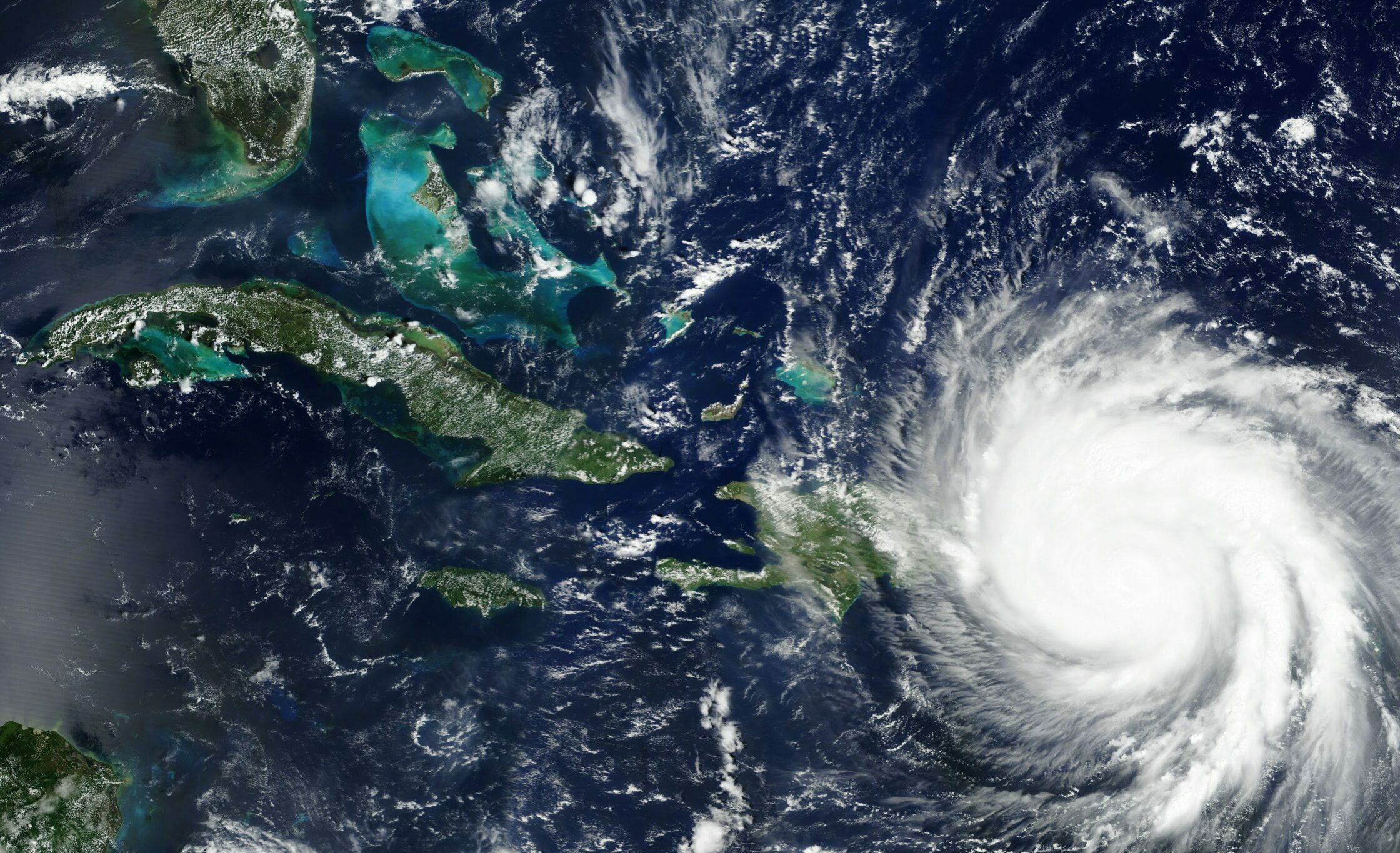Themes

Chosen thematic areas for the Scenarios Forum 2025
The themes and subthemes listed are expansive and overlapping areas of interest designed to guide abstract submissions. They are flexible, and we encourage diverse, creative contributions.
The forum is centred on scenarios; their development, application, and relevance to diverse challenges. Apart from the larger thematic areas, equity and justice, governance and policy relevance and co-benefits are some cross-cutting themes.
The final program will be shaped by the abstracts we receive. A theme may be revised or omitted if it does not attract sufficient submissions. We also welcome submissions that push the boundaries of these themes or propose new directions, to exchange ideas, experiences, and lessons.
Join us in the conversation.
1. Health

This theme explores the intersection of health, wellbeing, sustainability, and equity. For example:
- Health impacts, mitigation and adaptation scenarios.
- Scenarios-driven approaches to strengthen health and health systems
- Building resilient health capacities in disaster-prone areas
- Health innovation futures
- Avoided health impacts and multi-dimensional feasibility
2. Ecosystems and Biodiversity Pathways

- Biodiversity and ecosystem futures: changes and impacts
- Integrated scenarios for addressing biodiversity and climate crises
- Nature-related risks, including economic and financial impacts of biodiversity transition
- Community stewardship and environmental actions in biodiversity pathways
- Ecological restoration and extreme weather events scenarios
- Land use and afforestation pathways
- Soil health scenarios
- Linking biodiversity-related scenarios to economic and financial exposure
3. Cities and urban scenarios

This theme seeks to advance understanding of cities and urban areas’ pivotal roles in the future of equity and sustainability across scales – from global to national, sectoral, and local. Submissions may include:
- Cities transformation (city-scale scenarios), adaptation, resilience and mitigation
- Urbanisation and migration
- Population growth, urbanisation and food security
- Human (im)mobility/migration/displacement
4. Equity and Justice: Development-centred scenarios

This theme centres on scenarios that emphasize the future of a broad range of aspects of socio-economic development and human well-being, including equity and justice. For example:
- Gender, culture, and politics in scenarios
- Socioeconomic pathways in impacts, adaptation, and vulnerability (IAV) assessments
- Indigenous knowledge and practices in climate scenarios
- Scenarios featuring youth-led climate action
- Lifestyles under Net Zero in Global North versus Global South
- Education, skills and values scenarios
- Just climate futures
- Climate-compatible poverty and inequality reduction scenarios
- Climate-induced human insecurity and conflict in scenarios
5. Energy transition

This theme explores transformative shifts in energy systems, including renewable energy opportunities, critical materials, financing strategies, and integrated policies for a green transition. For example:
- Pathways toward (or away from) fossil fuel phase-out
- Transport and mobility pathways (including alternative fuels)
- Linking estimates of renewable energy potential to energy futures
- Critical minerals and materials in future transitions
- Role of carbon removal in mitigating climate change
- Future evolution of demand for services and energy
- Low-carbon pathways for commercial and residential buildings
- Implications of digitalization and AI for energy systems and socioeconomic development.
6. Interacting and Integrating Response Pathways

This theme focuses on exploring interacting, integrated and interconnected strategies and solutions across environmental, social, and economic systems to address complex global challenges. For example:
- Nexus approach to environmental and social problems
- Cross-sectoral synergies and conflicts
- Mitigation pathways for net-zero and net negative emissions
- Linking mitigation and Impacts, and Adaptation and Vulnerability (IAV) assessments
- Role of disruptive events on mitigation scenarios
- Compound shocks and cascading damages
- Future prospects for global collaboration for climate adaptation and mitigation
- Governance and political economy for climate futures
7. Working across scales: temporal, spatial and sectoral scenarios

- Nonlinearities and tipping points
- Seasonal and decadal projections
- Geo-policy and planetary limits
- Co-creation of scenarios with key stakeholders across scales
- Spatial downscaling of the SSP projections
- Endogenising policy change in scenarios
- Multilateralism Scenarios
8. Climate scenarios framework

This theme aims to push the boundaries of scenario development to ensure they remain robust, adaptable, and relevant to addressing short- and long-term climate challenges. For example:
- Overshoot scenarios
- Biophysical constraints on emissions scenarios, including climate extremes
- Extended emission and socioeconomic scenarios
- Technological advances and disruptive futures
- Unintended, Unforeseen, and Unavoidable in scenarios
9. Scenarios tools, methods and practices

This theme focuses on advancing scenario development through innovative methodologies, approaches, and practices to ensure scenarios are robust, inclusive, and actionable. For example:
- Advanced scientific approaches assessing scenarios data
- Probabilistic scenarios, uncertainty
- Feasibility and evidence synthesis through the scenario process
- Speculative and science fiction in scenario development
- Serious Games as a tool for generating scenarios
- Disruptive scenarios, stress test scenarios
- Ensuring consistency across scales
- Scenario quantification, communication, stakeholder engagement
- Alternative and special-purpose IAMs
- Integrating social science insights and modelling
- Leveraging machine learning, neural networks, and data analytics to enhance IAMs
- Macroeconomic processes in scenarios and scenario models
10. Earth system components of scenarios

This theme focuses on incorporating complex Earth system processes, uncertainties, and feedbacks into scenarios to better understand and address global environmental challenges. For example:
- Integrating Earth System uncertainty and tipping points into climate scenarios
- Closing loops: Climate-Society-Economy Scenarios
- Linking climate and other global environmental change issues
- Non-linearity in climatic and non-climatic futures
- Solar Radiation Modification (SRM)
- Carbon Dioxide Removal (CDR)
